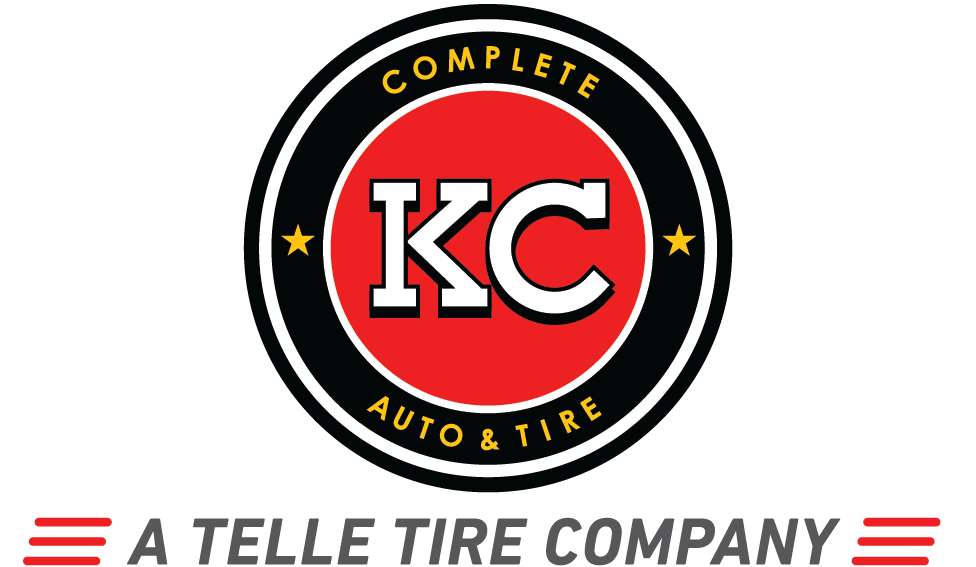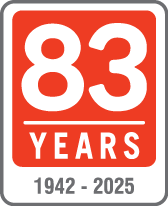CV Joint Repair Shop

ontrolled velocity (CV) joints and drive shafts transfer energy from your engine to your wheels, propelling your car forward. CV joints transmit smooth and continuous energy to your wheels, even on turns or bumpy roads. They are a key component of your car’s drive train system.
If you notice early signs of failure—grease drips or clicking sounds on turns—you need to have your car looked at by a professional immediately to reduce the cost of repair.
Below, you will learn:
- What CV joints do
- How to spot signs of CV joint problems such as grease stains on your garage floor or clicking sounds on turns
When it’s time to repair your CV joints, Telle Tire & Auto Centers can help. For 82 years and four generations, the Telle family has understood the importance of providing strong value through quality products and services. Our ASE-certified technicians provide trusted excellence built on generations of long-term relationships and proven excellence.
See what our past clients have to say, or come in and see for yourself. From basic maintenance to comprehensive diagnostics and full engine repair, Telle Tire & Auto Centers are your one-stop-shop with you every mile of the way.
Car Problems that Mean You Need CV Joint Repair
CV joints are a key part of your drive train system. To maintain their flexibility, they are heavily lubricated with a molybdenum disulfide grease and protected with a rubber boot. Both the lubricant and the boot are necessary for continued CV joint protection and function.
Most CV joint problems stem from loss of lubrication or wear of the rubber boot. Here are some of the common CV joint questions we get:
- “Why are there grease spots under my car?”
It’s likely that the rubber boot protecting your CV joints has cracked or worn out. In most cases, the most cost-effective method of repair is to just replace the CV driveshaft as an assembly. - “Why is there a clicking noise when I turn?”
This is typically a sign of damage to the ball bearings inside your CV joint due to lack of lubrication or leaks. If this is the case, we might need to completely replace your driveshaft.
At the first sign of CV joint problems, you need to bring your car in. Neglecting CV joint repairs can lead to drive axle and CV joint failure, rendering your car undrivable.
The Telle Difference: Family values, expert knowledge Telle Tire & Auto Centers have been servicing St. Louis cars for over 75 years. Over the years we’ve perfected the science of automotive repair and the art of serving customers. We require the most out of our employees while catering to our customer’s every need. We offer the best warranties in the business—3 years and 30,000 miles. And, while you wait for us to complete your CV joint replacement or repair, feel free to help yourself to coffee and snacks. If you need us to, we’ll drive you to and from work. That’s the Telle Difference.
The Telle Difference: Family values, expert knowledge
Telle Tire & Auto Centers have been servicing St. Louis cars for over 82 years. Over the years we’ve perfected the science of automotive repair and the art of serving customers. We require the most out of our employees while catering to our customer’s every need.
We offer the best warranties in the business—3 years and 30,000 miles. And, while you wait for us to complete your CV joint replacement or repair, feel free to help yourself to coffee and snacks. If you need us to, we’ll drive you to and from work.
That’s the Telle Difference.

